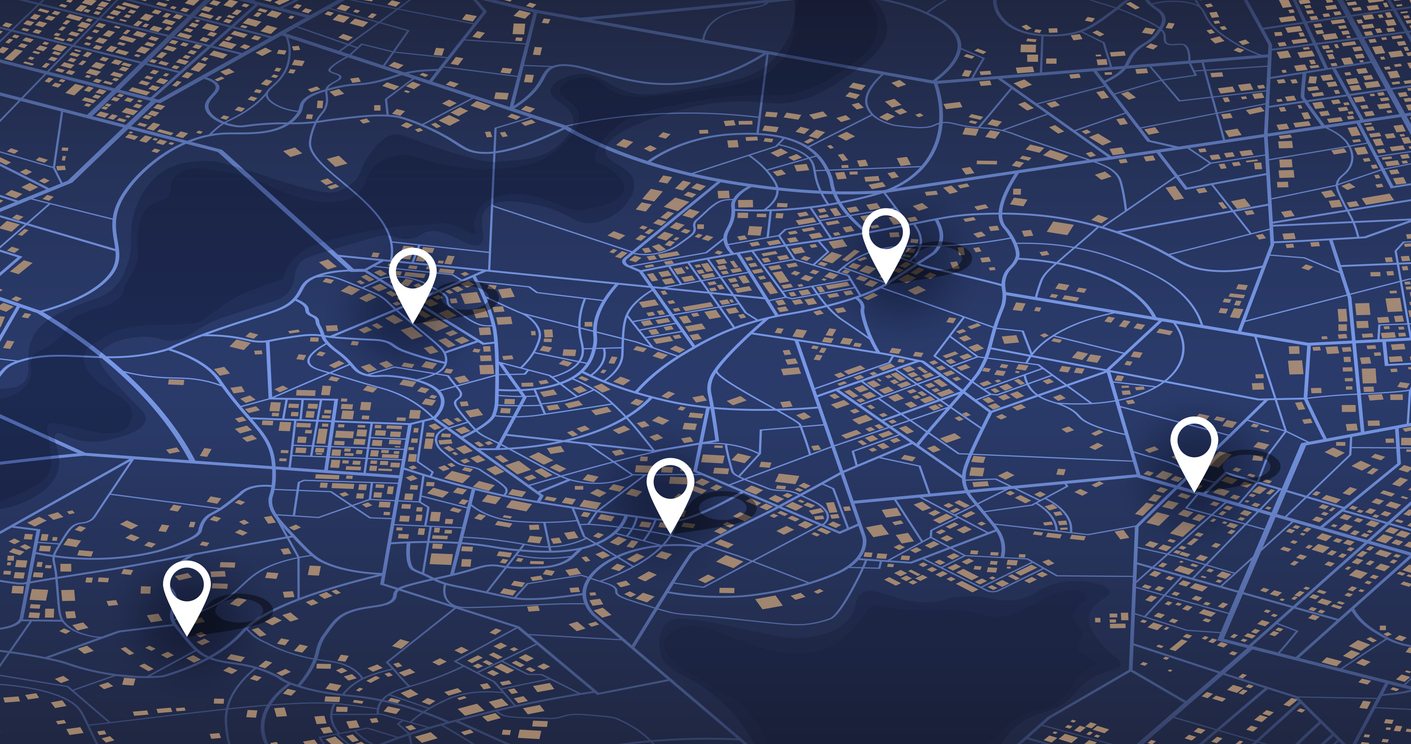A Geographic Information System (GIS) developer is a technical professional who designs and develops geographical applications and tools. If you’re interested in becoming a GIS developer, consider applying to the M.S. in Data Intelligence and GeoAnalytics at Saint Mary’s University of Minnesota. This program helps students become certified GIS professionals and develop their credentials. Here, we explore how to become a GIS developer and the ways our program prepares you for the career.
What Is a GIS Developer?
A GIS developer is a technical software developer who plans, develops, and maintains geographical applications and tools. They utilize their advanced programming knowledge and programming languages, in an effort to streamline processes and create web-based mapping applications. GIS developers also collect, manage, and organize geographical data using spatial analysis to solve their clients’ or employers’ problems. Some typical job duties of a GIS developer include:
- Determining client needs and interpreting project objectives
- Assessing available resources and developing a project schedule
- Creating GIS software or web-based applications and tools
- Completing GIS projects within the project scope, budget, and timeframes
- Deploying and managing project databases
- Analyzing and managing the project, including written reports and technical documents
- Performing maintenance for GIS projects, applications, and tools
They often work with GIS platforms, like ArcGIS or QGIS, and databases to store and manage geospatial information.
Requirements to Become a GIS Developer
A GIS developer is a very technical position that requires someone with in-depth programming knowledge and previous on-the-job training. Some typical requirements that aspiring GIS developers need to meet include:
- Education: A bachelor’s degree in a map sciences field, like environmental science or geography, is required. Pursuing a master’s degree in data analytics or computer science can enhance your skills and marketability.
- Training: Work experience as a GIS technician or analyst can prepare aspiring developers for their roles. GIS developers generally receive on-the-job training to learn the techniques and languages that their employers use.
- Certifications: Although it’s not required, earning a GIS certification can help you enhance your skills and abilities with GIS technologies. It also demonstrates to employers your higher level of knowledge and commitment to professional growth, which can increase your chances of being hired.
If you’re looking to boost your marketability in this field, applying to the Master of Science in Data Intelligence and GeoAnalytics program at Saint Mary’s University of Minnesota can be a smart choice. The program not only provides a deeper understanding of essential topics but also prepares you with the industry knowledge needed to pursue certification from the GIS Certification Institute.
Benefits of a GIS Developer Career
Although the process requires hard work and vast knowledge, becoming a GIS developer can offer several advantages. They include:
Competitive Salary
GIS developers can earn competitive salaries as they have strong technical skills and a large knowledge base of programming skills and languages. According to ZipRecruiter, the average nationwide salary for GIS developers is $103,584. This depends on the location, skill level, industry, and workplace. However, GIS developers with master’s degrees or certifications often earn more than those who do not.
Strong Job Outlook
There is a high demand for GIS developers in various industries, which is another benefit of the career. According to Zippia, the demand for GIS developers is expected to grow 21% from 2018 to 2028. This demand provides a strong job outlook for aspiring developers.
Remote Work
Many GIS developers are able to work remotely full-time or in a hybrid position. This can be a benefit for certain workers who prefer to save time on commuting or want to be able to work from anywhere. It can also open up more potential jobs as you can apply to jobs even if you’re not local to them.
M.S. in Data Intelligence and GeoAnalytics at Saint Mary’s University of Minnesota
Launch a career as a GIS developer through the M.S. in Data Intelligence and GeoAnalytics program at Saint Mary’s University of Minnesota. Our online program has a one-year completion time and provides students with a strong foundation in essential subjects, including data acquisition and engineering, data science, geoanalytics, and visual intelligence. Some academic topics covered in the program include:
- Analyzing geospatial data
- Demonstrating proficiency in data collection and database administration
- Developing custom applications and scripts for visualization and analytics
- Engaging in complex critical thinking
- Best practices of integrated technology
- Ethical implications of data handling and decision-making
This program also offers hands-on experience through optional paid applied learning experiences via GeoSpatial Services (GSS). This is a unique on-campus project center at Saint Mary’s University of Minnesota that is nationally recognized with clients like the National Park Service and the Bureau of Land Management. To learn more about this program or its admissions requirements, read through the course catalog today.
Learn How to Become a GIS Developer at Saint Mary’s University of Minnesota
Now that you understand how to become a GIS developer, consider applying to the M.S. in Data Intelligence and GeoAnalytics program at Saint Mary’s University of Minnesota. This program can help enhance your marketability and provide you with the essential skills you need to thrive. All of Saint Mary’s programs are taught with Lasallian Catholic principles in mind to produce ethical leaders. To learn more about our program, request more information and connect with a counselor today.
